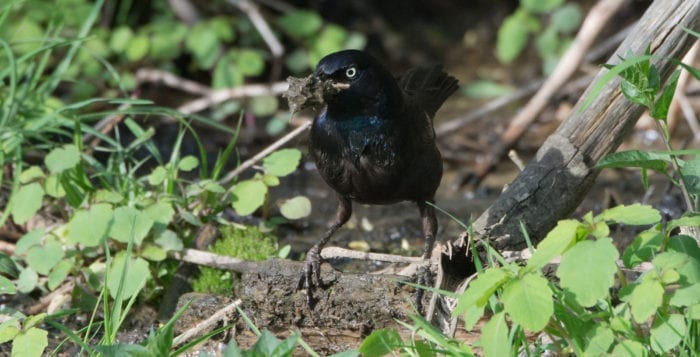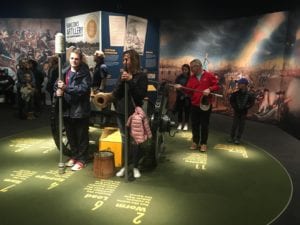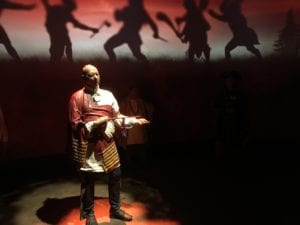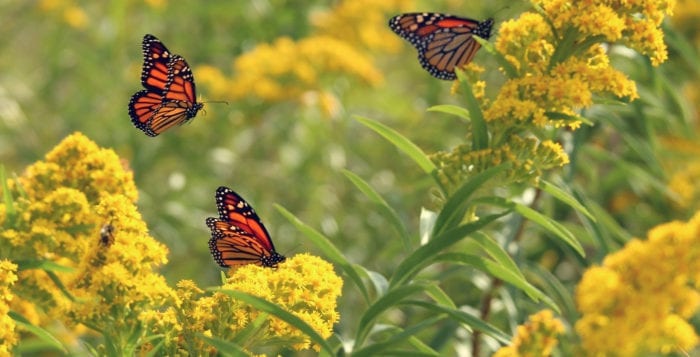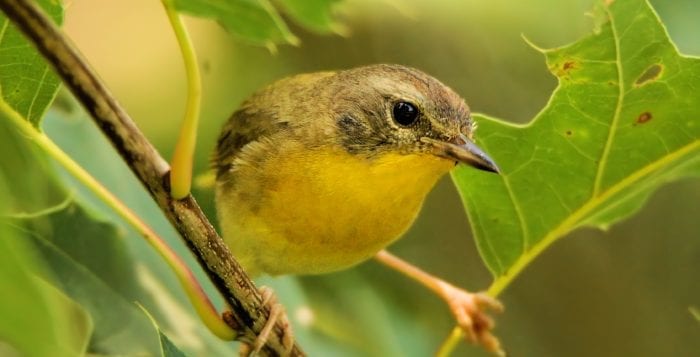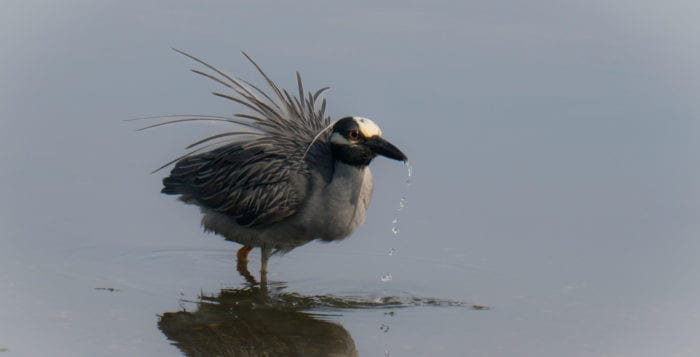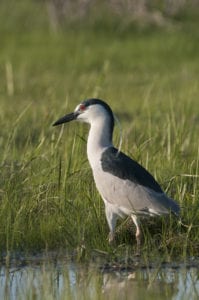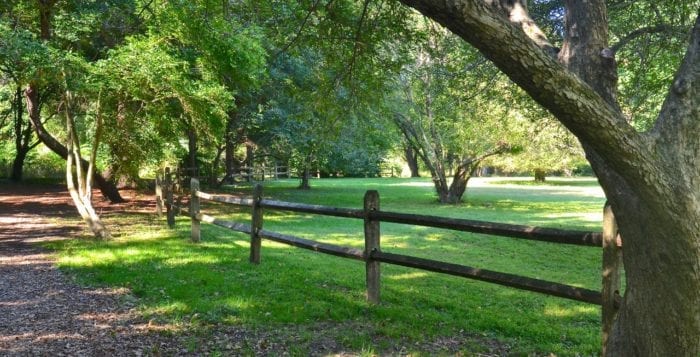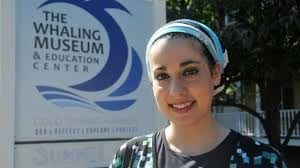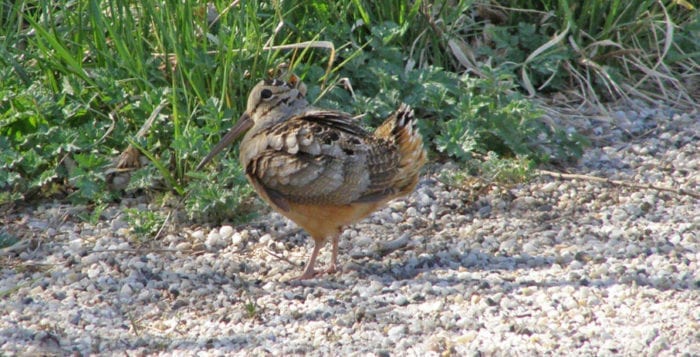By Rabbi Paul Sidlofsky
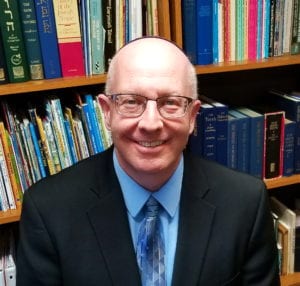
I like Christmas. There, I said it. This may be surprising for some people to hear from a rabbi, and it may be misinterpreted by others. But it’s true. I like the feeling of this time of year. I enjoy the songs, the lights, watching Charlie Brown and the Grinch and especially the sense of good will that exists.
I also like Hanukkah. I enjoy the gathering of family and friends, eating latkes (fried potato pancakes), lighting the Hanukkah menorah (9-branched candelabrum), playing dreidel (a spinning top game) and feeling a sense of warmth and light in the coldest, darkest time of the year.
But my enjoyment of both holidays does not mean that I see them in the same way. It does not mean that I view Hanukkah as the Jewish Christmas. While I can enjoy aspects of both holidays, I am keenly aware of the need for both Christians and Jews to maintain a distinction between the two holidays, while also embracing a healthy respect for and appreciation of the practices of the other’s religion. And this begins, I am convinced, with a full understanding of what both holidays celebrate.
It is not for me to expound on the true meaning of Christmas. My Christian colleagues are much more equipped to do so. But I do know that the true religious significance of Christmas has little to do with trees and presents, songs and holiday foods. While these are lovely ways to enhance the enjoyment of a holiday, they should not replace the spiritual lessons taught.
By the same token, Hanukkah, which I am qualified to write about, is not about spinning tops, fried foods and gift giving, though these are all fun customs. It is about the story of a small group of Jews, the Maccabees, well over 2,000 years ago, winning the right to practice their religion freely, symbolized by the rededication of the holy Temple (“Hanukkah” means “dedication”). This episode has nothing to do with the true meaning of Christmas, and only happens to fall at the same season because it was common to hold festivals of light at this time of the year. Hanukkah is a stirring story of freedom, but it nonetheless remains a minor festival in the Jewish calendar. Its elevation to a level of such prominence is due solely to the fact that it is marketed to compete with Christmas from a commercial standpoint. And this speaks to a problem in our society in general, as well as presenting a challenge for Christians, Jews and all people of faith alike.
 I address this issue to a general audience, rather than specifically to my congregation, because I believe that it is important for all people of faith, whatever their religion or heritage, to reclaim the true meaning of their holy days. Rather than falsely seeking to unite ourselves through the idol of materialism, focusing on the trappings of the various holidays, let us instead form a true bond with one another by each celebrating our respective holy days and recognizing their real significance. By doing so, we strengthen our own religious conviction and are then able to enjoy the beauty and teachings of other faiths without feeling that our own faith is undermined.
I address this issue to a general audience, rather than specifically to my congregation, because I believe that it is important for all people of faith, whatever their religion or heritage, to reclaim the true meaning of their holy days. Rather than falsely seeking to unite ourselves through the idol of materialism, focusing on the trappings of the various holidays, let us instead form a true bond with one another by each celebrating our respective holy days and recognizing their real significance. By doing so, we strengthen our own religious conviction and are then able to enjoy the beauty and teachings of other faiths without feeling that our own faith is undermined.
I, for one, am opposed to calling a Christmas tree a holiday tree. I am opposed to Christians feeling pressured to water down their religious beliefs because others may feel offended. But I am also opposed to anyone who mistakes proud displays of faith with the right to impose such faith on others. Celebrating Christmas, or any holy day, should be encouraged, as long as it is done with the understanding that we all choose to practice, or not practice, our faith in different ways.
Ironically, for me, Christmas helps reinforce the true message of Hanukkah, just as the true message of Hanukkah, I believe, strengthens the celebration of Christmas. We are so fortunate in our community and country to have the freedom to worship and celebrate freely. May we appreciate this freedom by expressing ourselves appropriately, while also embracing those of other faiths who choose to do the same, but in a different way. By so doing, we will truly find warmth and light at this season.
Rabbi Paul Sidlofsky is a rabbi at Temple Isaiah in Stony Brook.


